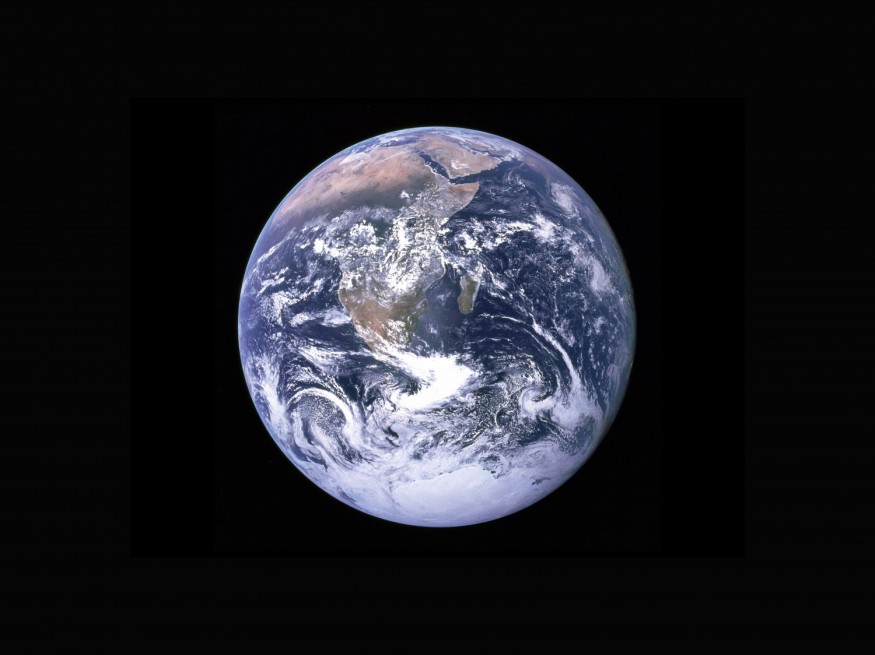The Earth's surface is in constant flux due to the movement of plate tectonics, leading to mountain formation, seafloor spreading, and earthquakes. Recent research, titled "The global lead isotope system: Toward a new framework reflecting Earth's dynamic evolution" published in Earth-Science Reviews, provides growing evidence that these processes began around 3.2 billion years ago.
Although the precise timing of when Earth transformed from a hot uniform mass into its present state is a topic of debate in the geoscience community. The new study proposes that this pivotal shift occurred approximately 1.3 billion years after the planet's formation.

Origin of Earth's Plate Tectonics
Zheng Xiang Li, a geodynamicist at Curtin University in Australia and co-author of the study, told Live Science that the tipping point for these planetary processes was 3.2 billion years ago.
In 2020, Li and his team discovered a change in the chemistry of rocks formed in the mantle around 3.2 billion years ago, suggesting a "remixing" process involving minerals moving from the crust to the mantle and mantle rocks rising to the surface. Similarly, another study in 2020 found magnetic evidence supporting large-scale plate motion during the same period.
In their recent study, Li together with Luc Doucet and colleagues from Curtin University, focused on large lead-zinc deposits in Australia to investigate Earth's ancient history. Using the ratios of uranium, thorium, and lead isotopes as a clock, they measured events deep in Earth's past. The deposits they examined span from 3.4 billion years ago to 285 million years ago.
Their analysis pointed to 3.2 billion years ago as a crucial turning point in Earth's history. Prior to this time, the planet had already undergone differentiation, resulting in the distinct "layer cake" pattern of core, mantle, and crust observed today. Gravity played a significant role, causing heavier elements to sink to the core while lighter ones rose to the crust.
However, around 3.2 billion years ago, these layers started to remix, driven by plate tectonics. This process involved crustal slabs being forced back into the mantle, while forces like volcanism brought mantle elements to the surface.
The researchers found that the initiation of this remixed process was complex and varied across the planet, requiring the recalibration of the uranium-thorium-lead dating system to account for these nuances.
To gain further insights, they are employing computer simulations to understand how plate tectonics likely began 3.2 billion years ago. Li emphasized their motivation to document Earth's evolution from its early stages as a red-hot orb to its current state, resembling a green marble.
READ ALSO : Plate Tectonics Weaken as They Sink; Research Reveals Pieces of Crust of Earth Bend Upon Entry in the Mantle
Plate Tectonic Movements Led to Formation of Continents
Dr. Denis and the team from Curtin University analyzed large lead-zinc deposits in Australia to understand Earth's evolution, Phys.org reported. These deposits, ranging from 3.4 billion years to 285 million years old, provide valuable insights into the Earth's mantle evolution and the composition of the continental crust.
The study revealed significant differences between the lead-zinc deposits and the Earth's mantle around 3.2 billion years ago, coinciding with the onset of plate tectonics, a crucial driver of continent formation. As Earth is the only planet in the Solar System with plate tectonics, this research sheds light on the conditions that allowed life to thrive here.
More so, the findings will lead to the calibration of radiometric dating for future studies, utilizing the newly established uranium-lead isotopic system curves developed by the Curtin group.
RELATED ARTICLE:
Amasia: Earth's Next Supercontinent May Come From the Merging of North America and Asia
Check out more news and information on Earth Science in Science Times.












